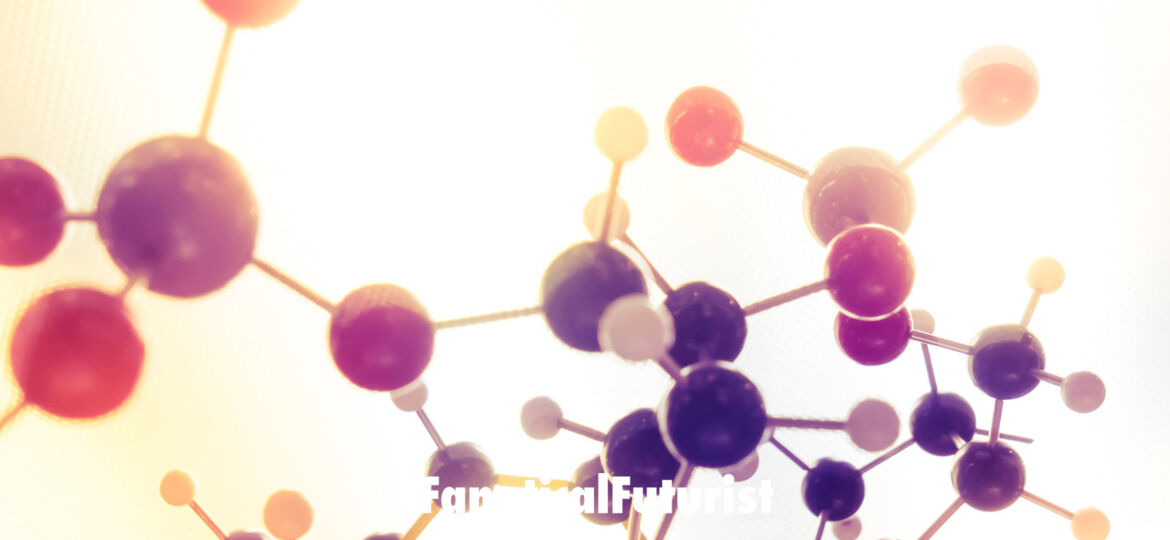
WHY THIS MATTERS IN BRIEF
The exponential growth in data volumes mean today’s technologies are bursting at the seems so we need new ones.
 Interested in the Exponential Future? Connect, download a free E-Book, watch a keynote, or browse my blog.
Interested in the Exponential Future? Connect, download a free E-Book, watch a keynote, or browse my blog.
Transistor sizes have been getting smaller for decades to the point that today we have transistors in the labs that are 3nm, 1nm, 0.5nm, 0.1nm, and even the size of a single atom, and even liquid transistors, but now, as organisations like the US military try to develop molecular computing platforms that can cram a Google sized datacentre into the size of a regular office desk. Now though researchers have discovered a single molecule “switch” that can act like a transistor and offers the potential to store binary information – such as the 1s and 0s used in classical computing.
The molecule is around five square nanometres in size which means that more than one billion of them would fit onto the cross-section of a human hair. The international team of scientists behind the breakthrough believe that molecules like the ones they have discovered could offer information density of around 250 terabits per square inch, which while many times less than new DNA storage technologies which can pack over 213 petabytes of information into just one gram, is still over a 100 fold increase on today’s hard drive technologies.
Although the researchers do not expect that the particular molecules they discovered will be used in real hard drives, the study is an important proof of concept that brings us closer to the brave new world of true molecular electronics.
In the study, molecules of an organic salt can be switched using a small electrical input to appear either bright or dark, providing binary information. Crucially, this information can be written, read and erased, at room temperature and in normal air pressures. These are important characteristics for practical application of the molecules in computing storage devices. Most previous research into molecular electronics for similar applications has been conducted in vacuum and at very low temperatures.
Dr Stijn Mertens, Senior Lecturer at Lancaster University in the UK and lead researcher on the study, said: “There is an entire list of properties that a molecule has to possess to be useful as a molecular memory and molecular storage. Apart from being switchable in both directions under ambient conditions, it has to be stable for a long time in the bright and dark state, and also spontaneously form highly ordered layers that are only one molecule thick, in a process called self-assembly. Ours is the first example that combines all these features in the same molecule.”
In laboratory experiments, the research team used small electric pulses in a scanning tunnelling microscope to switch individual molecules from bright to dark. They were also able to read and erase the information afterwards, at the press of a button.
During the switching, the electric pulse changes the way the cation and the anion in the organic salt are stacked together, and this stacking causes the molecule to appear either bright or dark. Apart from the switching itself, also the spontaneous ordering of the molecules is crucial: through self-assembly, they find their way into a highly ordered structure (a two-dimensional crystal), without the need for expensive manufacturing tools as is the case in currently used electronics.
“Because chemistry allows us to make molecules with sophisticated functions in enormous numbers and with atomic precision, molecular electronics may have a very bright future,” says Dr Mertens.

















[…] развитии суперкомпьютеров все больше начинают играть технологии «молекулярной электроники»: чипы […]